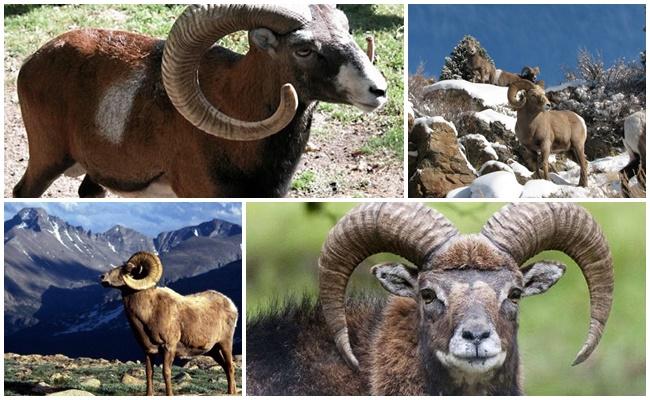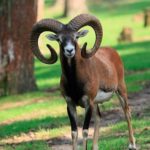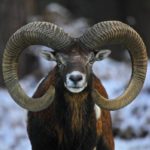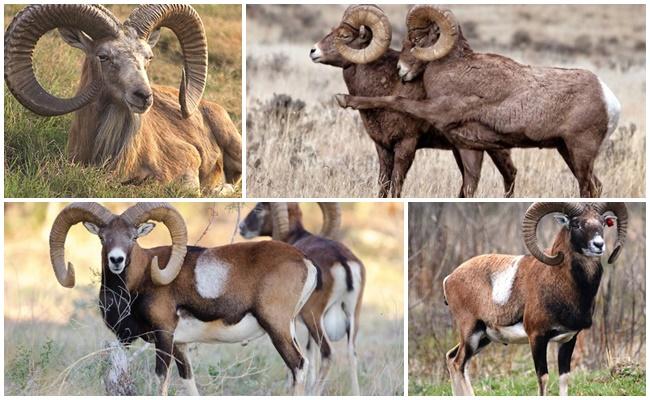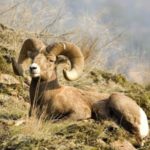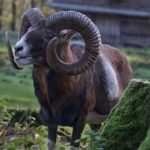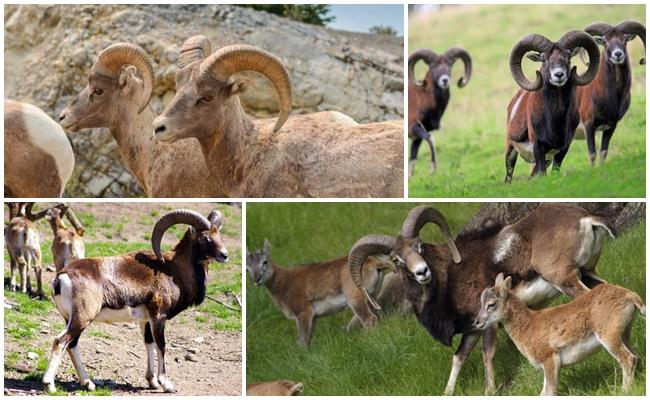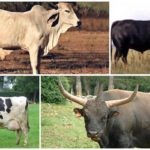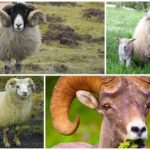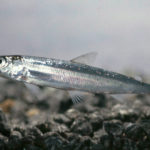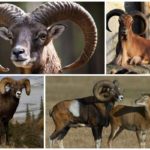Wild sheep belong to the Bovid family. These animals are native to South and Central Asia. Certain varieties of these individuals are listed in the Red Book. Animals mainly live in mountainous areas. There are quite a few types of such individuals, each of which has certain characteristics. They differ in appearance, habitat, and behavior.
Characteristics, external description
Common sheep grow up to 1.4-1.8 meters in length.In this case, the tail of animals reaches 5-15 centimeters. The height at the withers can be 65-125 centimeters. Their live weight can be 20-200 kilograms. Males are larger in size and have long, curled horns. The animal's body is covered with fur. It can have different shades - white or dark brown. Males have a sort of mane on their necks. Both females and males usually grow antlers. At the same time, females have soft and shortened horns, and males have larger ones, up to 1 meter long.
Where do rams live?
Wild sheep have become widespread in the mountains of Central and Central Asia. Animals can rise to a height of 1000-7000 meters above sea level. There are varieties living in the western and eastern regions of Siberia.
Varieties
There are quite a few varieties of sheep. They differ in appearance and other features.
The main types include the following:
- Mouflon. This is a wild mountain sheep with curled horns. At the same time, there are several varieties of mouflons. European ones live in Sardinia and Corsica and weigh 40-50 kilograms. Asian mouflons have become more widespread. Their weight exceeds 80 kilograms.
- Urial. These rams are found in the mountains of Central Asia and Kashmir. They have a brown color. Males grow up to 1.45 meters in length and weigh 87 kilograms.
- Argali. These are quite large animals. They grow up to 2 meters in length. The largest representative of this group is considered to be the Pamir sheep, whose weight reaches 180 kilograms.A distinctive feature of argali is their large horns, twisted in a spiral. They reach a length of 1.9 meters. Another characteristic feature is the light encircling mark on the neck. The color of the coat can be red, light brown or sand.
- Bighorn sheep. These sheep live in Eastern Siberia. They are characterized by a dark brown color and a light underbelly. Animals are characterized by a dense physique. Adult males reach a length of 1.88 meters. Moreover, their weight is 150 kilograms.
- Big-horned ram. These animals live in North America. They often live in rocky areas and have a strong build. This variety is characterized by a small head and small ears. A characteristic feature is the large horns with a spiral turn. The weight of males can reach 143 kilograms. The color varies. Most often the wool has a brown tint. At the same time, the inner thighs and stomach are somewhat lighter.
- Thin-horned ram. These animals are found in North America. Males reach a length of 1.8 meters. Moreover, their weight is 140 kilograms. The length of the horns reaches 1.1 meters, while they curl into a spiral. There are 2 subspecies of such rams. One of them has a white coat color and is found in the northern and northwestern parts of the continent. There are also gray lambs that have white spots near the tail. Animals also live in the northwest.
Image and life expectancy
These herbivores live 10-12 years. The gestation period is 5 months. Animals lead a diurnal lifestyle. Females and young animals live in herds. At the same time, males lead a solitary lifestyle or form small groups in which a strict hierarchy is established.It is based on the size of the horns or is set in battle.
Specifics of behavior
These wild animals are accustomed to leading a sedentary lifestyle. They live in herds and have a friendly disposition. When a threat appears, rams give alarm signals. Adults snort, and young ones bleat. The herd then moves to a safe place that is inaccessible to predators.
Animals are excellent climbers and can jump 2 meters in height and up to 5 meters in length. Maximum activity of animals is observed in the first half of the day. They graze mainly in the mornings and evenings.
Natural enemies
In the wild, sheep have many enemies. These include:
- wolves;
- cougars;
- eagles;
- golden eagles;
- Snow leopards.
What do they eat?
These are absolutely herbivores. Any variety adapts perfectly to different conditions. However, given a choice, rams choose grains. With little vegetation, animals are forced to eat branches of bushes and trees. They can also find food under snow cover.
Animals feed only during the day. At night it is time for them to rest. The only condition when choosing pastures is the presence of a water source. However, animals are able to remain without moisture for a long time.
Animal Reproduction
The mating season for these animals begins with the arrival of cold weather. This usually occurs in November or December. During the mating season, lambs descend from the mountains into the valleys and form flocks. The number of individuals in them is a maximum of 17. Moreover, females mature in the 2nd year of life. The duration of the mating season for each variety may be different.
Males form a kind of harem around themselves, which can include 9-30 females. During the mating season, they are characterized by aggressiveness. Rams chase females.
The loud sounds that animals make can be heard over long distances. At the same time, females fight with each other all the time in order to attract the attention of the male. After the end of the mating games, pregnancy comes. On average, it lasts 5-6 months. As a result, lambs are born. The birthing process usually takes place in narrow rocks, into which predatory animals cannot penetrate. There are usually 2-3 lambs in 1 litter. Moreover, their weight is 3-6 kilograms.
In the first months, the lambs are weakened. They move with their mother all the time. Adult females form special herds, which include new litters and young animals born in the previous year. For six months, the female actively feeds the babies with milk. After this period is completed, young lambs themselves refuse milk. The young animals eat succulent green food, which helps build muscles and strengthen bones.
Wild sheep hunting
Previously, active hunting of wild sheep was carried out for meat and skins. Today, animal horns are the most valuable. On the black market their price can be 10 thousand dollars. You cannot hunt these animals. Most varieties are protected. However, in nature reserves the number of these animals is gradually increasing. Wild sheep are interesting animals that live in rocky areas and come in many varieties. Each of them is characterized by certain features.

